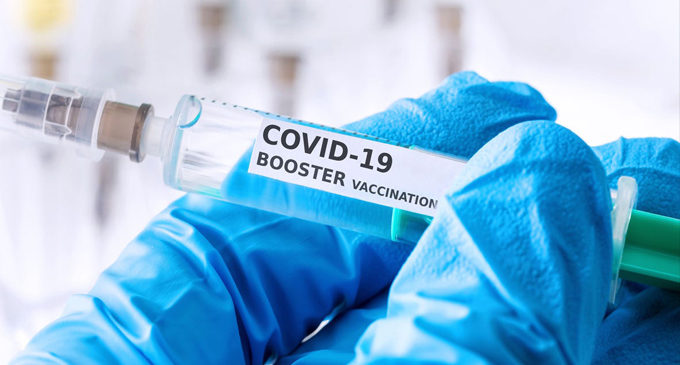Commentary: To boost or not to boost: An immunological quandary.

By Bernard Arulanandam & Neal Guentzel
The ongoing debate about COVID vaccine boosters reveals the dogma of immunological memory, which arises from the characteristics of learned or adaptive immunity, and raises questions on predictability of vaccine durability and correlates of vaccine-induced protection. The formation of immune memory is tightly choreographed and characterized by an array of diverse cellular interactions. In the case of antibody-mediated protection, besides the quantity of antibodies as seen by serum/plasma titers, the quality of antibodies are also based on such measures as avidity, which is a measure of binding strength, specificity, and neutralization capacity.
After each vaccination and/or viral exposure, B-cells, which are the source of antibodies, further learn and become mature memory B-cells by a series of random mutations that refine the specificity and affinity of these cells. The net effect of this series of events produces a vast antibody repertoire that has the intrinsic capacity to neutralize SARS-CoV-2 variants.
The art of prime and boosts for vaccines is well documented for a variety of infectious microbes. One of the vaccines on the current schedule includes the Hepatitis B vaccine administered to newborns at birth, with subsequent doses administered at ages one to two months and six to eighteen months. This vaccination regimen induces significant long-term immunity against the Hepatitis B virus and ensuing liver disease. Additionally, through a series of priming and boost, a high degree of protection is seen against diphtheria, tetanus and whooping cough for children through adults with the DTaP and related Tdap/Td vaccines. Thus, for these three diseases, we normally think of a vaccine series given over time in children to get the immune response to a high level of protection, followed by a booster(s) given later as needed, as with dirty wounds, or with adults approximately every 10 years for protection against tetanus. There also are examples of lifelong immunity conferred to infections such as measles after a two-dose vaccination regimen.
In all cases, long-term immune memory requires the persistence of antibodies above protective thresholds and/or maintenance of immune memory cells that can be rapidly activated and expanded upon exposure to microbial insult. Any subsequent waning of antibody responses will result in diminished protective immunity. This is further complicated with RNA viruses that mutate in proportion to available, mostly unvaccinated, hosts to infect, as well as degree of transmissibility of the respective virus, because viruses cannot replicate or mutate outside of living host cells. Thus, with the highly mutable influenza virus, seasonal vaccines with more limited efficacy are the common tool for control.
With SARS-CoV-2, a “proofreading#8221; mechanism leads to less frequent mutations, but with 80 million eligible individuals in the U.S. and billions globally unvaccinated, the opportunity to mutate and produce more transmissible and deadly variants, such as delta, is a continuing reality. Thus, the questions become, among many others, (1) should anticipated U.S. “booster” doses be distributed globally to increase the global vaccinated pool; (2) Should we consider the current two-dose regimen of the mRNA vaccines to be in reality part of a series actually requiring three doses, as with many vaccines, to raise a significant level of longer lived protection so that variants can be controlled until greater numbers can be immunized to reduce transmission, disease, death, and the continuing creation of problematic variants; and (3) Can boosters to follow the two- or three-dose vaccine series be custom-designed, using mRNA or other technology, to better enhance immunological efficacy and memory against future unknown variants? Regardless, as long as the virus continues to circulate, and individuals refuse to mitigate transmission and creation of variants through mass immunization, additional shots, whether they be called part of a vaccine series or boosters, will be required.
In finality, the current COVID vaccine booster debate further fuels the need for additional research insights to identify the cellular and molecular determinants that predict vaccine durability, which integrate our current capabilities of mass biomolecular profiling coupled with computational machine-learning methods to profile predictive correlates at a systems level.
Bernard Arulanandam is an immunologist in the Department of Molecular Microbiology & Immunology and the vice president for research, economic development, and knowledge enterprise at the University of Texas at San Antonio.
Neal Guentzel is a microbiologist in the Department of Molecular Microbiology & Immunology at the University of Texas at San Antonio.










